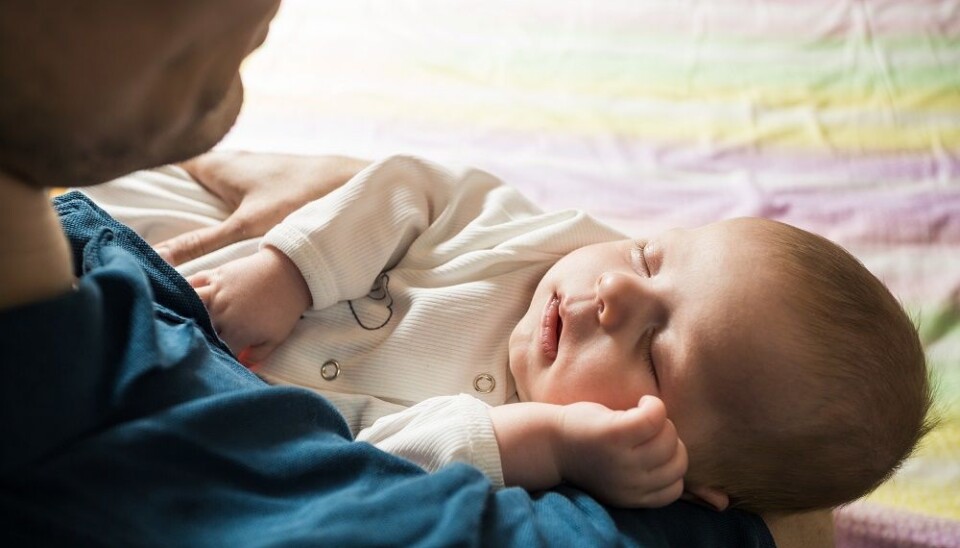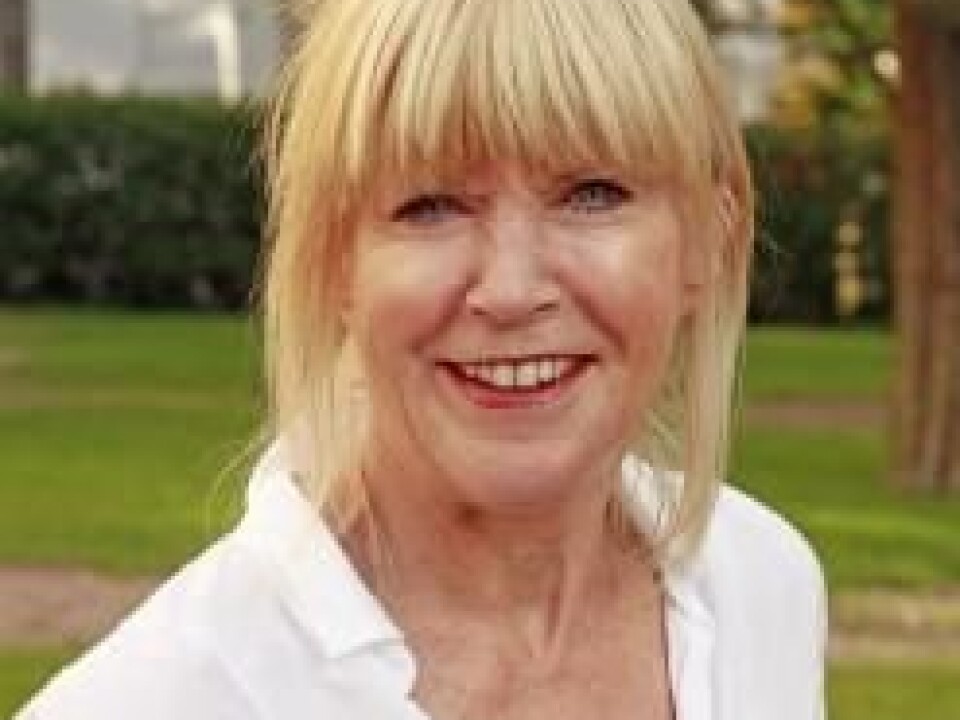
Immigrants embrace the Norwegian father’s quota
Men from Central and Southern Europe like the fact that the father’s quota is already negotiated and indisputable.

This article was originally published on Kilden - Information and news about gender research in Norway. Read the original article.
“I would have done it again and again. You see your child grow, it’s great.” ‘Adam’ from the UK summarises the experiences of eight European fathers in the article ‘Fathers between two care schemes – Immigrant workers’ encounter with the Norwegian father’s quota’ written by Elin Kvande and Trine Lise Bye.
According to this study, the father’s quota is embraced. It provides fathers with the opportunity to spend time alone with their children without having to negotiate this. If they don’t take their reserved share of the parental leave, it is withdrawn.

Professor Elin Kvande at the Norwegian University of Science and Technology (NTNU) leads a major international project studying the Norwegian model of reconciliation between family and work life.
Sweden, Iceland and Norway are the only countries in Europe with a separate father’s quota in the parental leave scheme. Some other countries provide shorter leave for the father in relation to childbirth, as we do in Norway. Additionally, some countries have a gender-neutral parental leave that may be used by both mother and father, whereas others only have maternal leave.
In collaboration with Bye, Kvande has interviewed fathers who have immigrated from Central and Southern Europe about their opinions of the Norwegian father’s quota.
“The participants in the study come from countries in which it is uncommon for fathers to take parental leave, and we therefore expected that this would be alien to them. But our experience was that they embraced it wholeheartedly,” says Kvande.
Already negotiated deal
The selected interviewees all had their parental leave in Norway after the father’s quota was extended to ten weeks in 2009. Through friends and family, they were also familiar with the parental leave scheme in their own country of origin.
They are what the authors call ‘outsiders within’, and are therefore able to compare the systems. According to Kvande, they had very good understanding of the father’s quota as part of a political project.
“I was surprised by how well they understood and read the scheme. They understood that the fact that this is a law and a scheme financed by the state makes it easier for employers to accommodate it. As employees, they experienced the father’s quota as an already negotiated deal – something they didn’t have to negotiate themselves.”
Care can be learned
Nearly all the fathers expressed enthusiasm for the opportunity to learn how to have the daily care for their own children, despite the fact that the learning curve was steep for many of them. They experienced a strong connection to the child, something they gladly demonstrated when visiting their home country.
“When they visited home, grandmothers or other female relatives often wanted to take over the child care, but many of the fathers insisted and demonstrated that this was unnecessary. They didn’t need women’s hands,” says Kvande.
The participants said that they were met with astonishment, comments, and laughter in their home country.
According to her, an important lesson can be learned from this: Care work is not a female concern. It may be learned.
The participants said that they were met with astonishment, comments, and laughter in their home country, but it was nevertheless a positive experience to front the Norwegian scheme.
“Several said they wanted more of this in Italy, for instance. ‘Martin’ from Italy and his wife were expecting their second child, and he said that they were ‘fighting’ over who should have the longest parental leave.”
Only one of the participants said he found it too demanding for the father to make use of the father’s quota. He didn’t appreciate all the work that childcare requires. This participant ended up taking leave at the same time as his wife. With child number two, he took graded leave. If it wasn’t for the earmarked father’s quota he wouldn’t have taken leave at all, he says in the study.
No longer sole provider
In general, the fathers also perceived the parental leave distribution as a good measure for increased gender equality. They referred both to women’s right to continue in their job and to how the father’s quota affected family life.
One of the participants said he always considered the husband as the provider of the family, and that he had communicated this to his wife:
“I’ve always told her that if she wants to work, she’ll work, if not she doesn’t have to. But I eventually realised that what I think about her working or not is irrelevant, she has to decide that herself. And I’ve rid myself of this funny thought that I am the sole provider of the family. I am part of the family, and now that my wife makes more money than I do, I’m ok with it.”
In a European context, the Nordic countries have the smallest differences between men and women when it comes to occupational activity. In 2014, 77 per cent of Norwegian men and 74 per cent of Norwegian women were working. In Italy, the country with the biggest differences, 65 per cent of the men and 46 per cent of the women were working in 2014 (Eurostat).
The quota decides
In their article, the father’s quota is referred to as a story of success. The number of fathers who use the father’s quota has remained stable with 90 per cent over the past years. But an exclusive quota is decisive, according to Kvande.
“If we really want radical changes in this field, the father’s quota has proven to be an important instrument. The fathers follow the quota when families decide upon how to divide the parental leave,” says Kvande.
Statistics from the Norwegian Labour and Welfare Administration (NAV) show that the number of parental leave days taken by the father has increased in correlation with the increased father’s quota. The figures were rising up until 2014, but went down from 2014 to 2015 (from 49 to 47 days). This development presumably has to do with the reduction in the father’s quota from 2014.
The father’s quota is still politically controversial in Norway, and according to Kvande, this type of research on ‘outsiders within’ – on how immigrants view Norwegian policies – may provide new insight.
“Norwegian parents take the father’s quota for granted now, even though Norwegian politicians don’t. It has become norm, and is thus also considered a given. But it is still very unique in a European context.”
Source:
Fedre mellom to omsorgsregimer - Arbeidsinnvandreres møte med den norske fedrekvoten (‘Fathers between two care schemes – Immigrant workers’ encounter with the Norwegian father’s quota), Norsk Statsvitenskapelig Tidsskrift 02/2016, Elin Kvande and Trine Lise Bye
Translated by: Cathinka Dahl Hambro






























